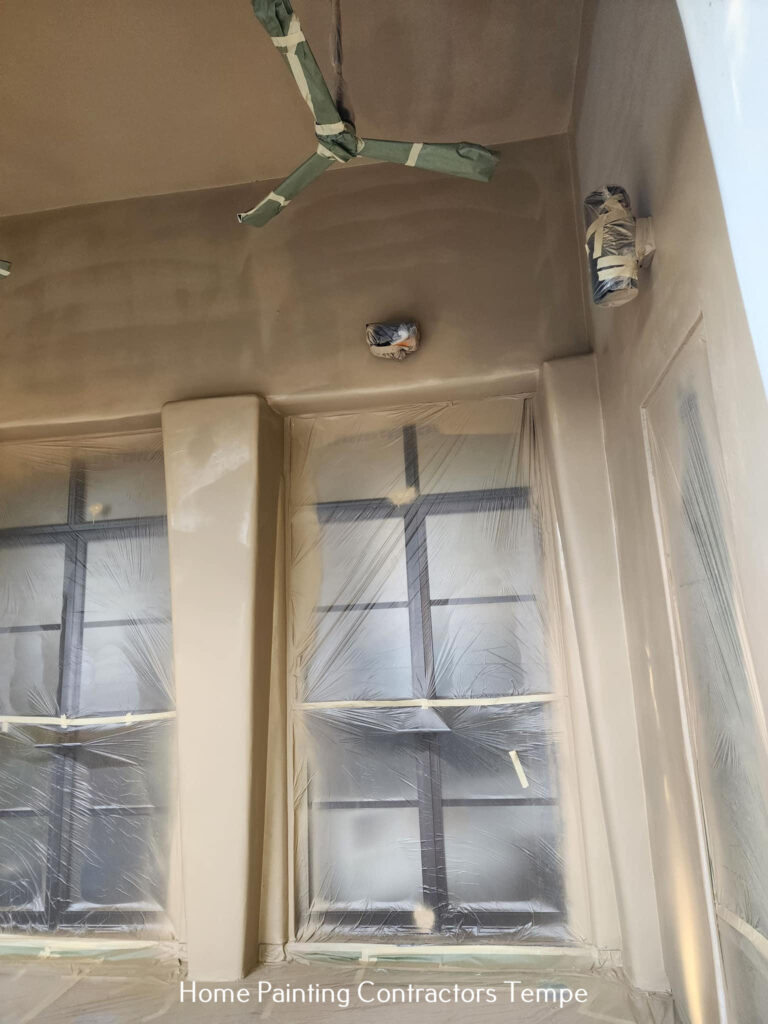Exploring Gilbert, Arizona
Introduction
Gilbert, Arizona, is a vibrant town located in the southeastern part of the Phoenix Metropolitan Area. Known for its rapid growth, excellent quality of life, and strong sense of community, Gilbert has transformed from an agricultural town into a dynamic suburban community. This article explores the history, demographics, attractions, and economic significance of Gilbert. Visit this link for more information.
History
Early Beginnings
Gilbert’s history dates back to 1902 when William “Bobby” Gilbert provided land to the Arizona Eastern Railway to construct a rail line between Phoenix and Florence. This act led to the development of the area, which was initially known as the “Hay Shipping Capital of the World” due to its extensive farming operations. Read about Exploring Helena, Arizona here.

Development and Growth
The town of Gilbert was officially incorporated in 1920. For decades, Gilbert remained a small, agricultural community. However, the late 20th and early 21st centuries saw significant residential and commercial growth, transforming Gilbert into a thriving suburban town. The development of master-planned communities and the expansion of infrastructure played pivotal roles in this transformation.
Demographics
As of the 2020 Census, Gilbert’s population was approximately 270,000, making it one of the largest towns in the United States. The town is known for its young, affluent, and well-educated population, with a median age of around 33 years. Gilbert is characterized by a diverse community, with a mix of cultural backgrounds contributing to its rich social fabric.
Attractions
Cultural and Historical Sites
Gilbert offers a variety of cultural and historical attractions. The Gilbert Historical Museum, housed in the historic Gilbert Elementary School building, showcases the town’s agricultural heritage and development. The Hale Centre Theatre provides a vibrant performing arts scene with a variety of theatrical productions throughout the year.
Outdoor Recreation
Gilbert’s commitment to green spaces and outdoor activities is evident in its numerous parks and recreational facilities. The Riparian Preserve at Water Ranch is a popular destination for bird watching, fishing, and hiking. With over 200 species of birds, the preserve is a haven for nature enthusiasts. Additionally, the town offers extensive biking and walking trails, such as those found in Freestone Park and the San Tan Mountain Regional Park.
Economy
Gilbert’s economy is diverse and robust, with strong sectors in education, healthcare, retail, and technology. The town’s strategic location within the Phoenix Metropolitan Area and its business-friendly environment have attracted a variety of companies and industries.
Education and Innovation
Education is a significant pillar of Gilbert’s economy, with highly regarded public and private schools contributing to the town’s reputation for excellence in education. Institutions like Gilbert Public Schools and Higley Unified School District are known for their high academic standards. Additionally, the presence of innovative companies in the technology sector has bolstered Gilbert’s economic growth, making it an attractive destination for startups and established businesses alike.
Community and Lifestyle
Gilbert is renowned for its strong sense of community and high quality of life. The town hosts numerous events and festivals throughout the year, including the Gilbert Days Parade and the Downtown Concert Series. The Heritage District, with its mix of dining, shopping, and entertainment options, serves as the town’s cultural and social hub. Gilbert’s safe neighborhoods, excellent schools, and family-friendly amenities contribute to its reputation as one of the best places to live in Arizona.
Conclusion
Gilbert, Arizona, is a dynamic town that has successfully blended its agricultural roots with modern growth and innovation. Its diverse population, rich cultural scene, and robust economy make it a desirable place to live, work, and visit.

